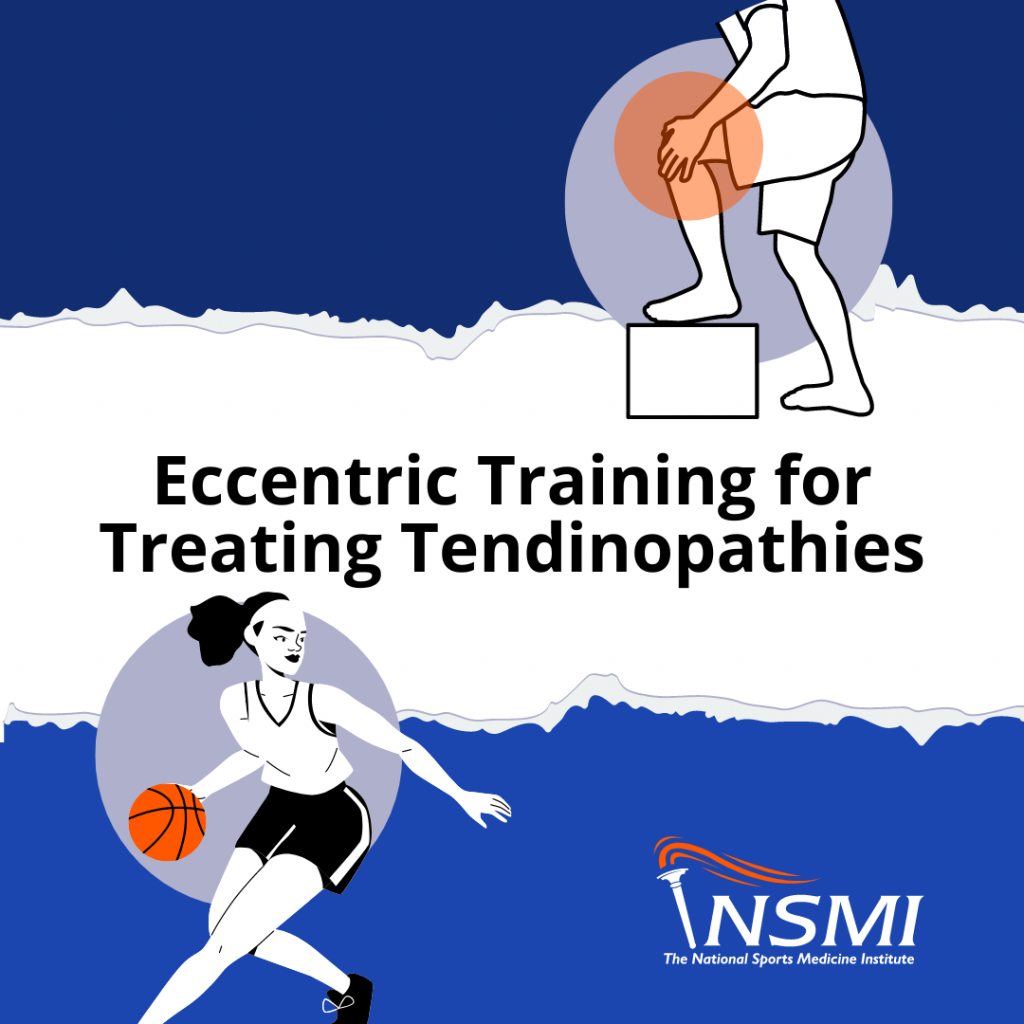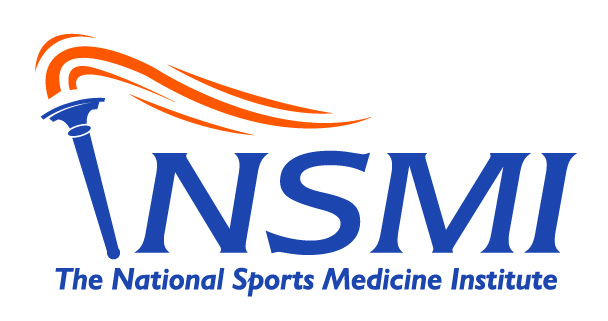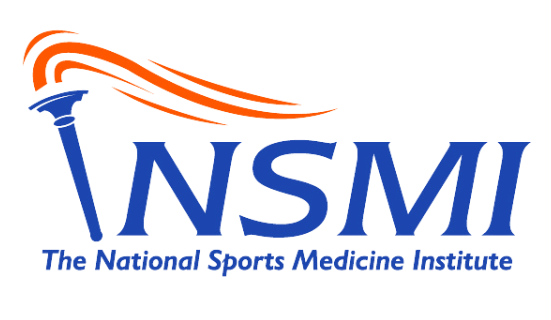What is Eccentric Training?
Eccentric training, also sometimes referred to as “negative reps,” is a specific method of weight training in which a muscle lengthens under a load or weight. This type of training can be seen in exercises such as reverse dumbbell curls, lowering into a squat, or lowering to the ground during a pushup. Each of these exercises engages the respective muscle to be active while it is lengthening, which can reap many physical benefits for patients with tendinopathies.
What are Tendinopathies?
A tendinopathy is a term used to refer to any condition that causes pain in a tendon: including tendinitis and tendinosis. Both tendonitis and tendinosis can cause varying symptoms, including pain with movement, decreased flexibility, and tenderness when palpated. Tendinopathies are most commonly caused by overuse and are frequently present in athletes or those who engage in repetitive movements of a particular muscle or muscle group.

How Effective is Eccentric Training for Treating Tendinopathies?
Current literature shows that loading an injured tendon through eccentric training is effective in decreasing pain in those with tendinopathies. When treated with a 6-week eccentric training program, over 80% of Achilles tendinitis patients showed complete relief or significant improvement in symptoms. Patients with lateral epicondylitis (also known as tennis elbow) responded better to an eccentric training program than a passive rehabilitation program.
Eccentric training of the shoulders and upper extremity also decreased the likelihood that a patient with rotator cuff tendinopathy would elect to have surgery.
Why is it Effective?
Studies have shown that loading the muscle while it is lengthening puts more load on the tendon, which results in more targeted strengthening for the tendon specifically. Additionally, literature suggests that during an eccentric exercise, there may be a brief interruption in capillary blood flow to the area. This pause in blood flow occurring repeatedly over time during an eccentric exercise program may help to explain the decreased pain of the patient. Eccentric exercise also has been shown to increase the production of type 1 collagen, the primary collagen in tendons. This collagen production likely aids in healing the injured tendon, and therefore contributes to lessening pain as well.
Training Guidance
With any rehabilitative training protocol, it is important to follow the guidance of a medical professional before participating. Tendinopathies can increase in severity if a training protocol is too strenuous on the injury while it is healing. While eccentric training has been proven to decrease pain and assist in rehabilitation of tendinopathies, it is important to adopt a comprehensive rehabilitation program that incorporates many types of exercises.
The National Sports Medicine Institute is a full-service sports medicine and orthopedic clinic situated in Lansdowne, Virginia. The clinic services include state of the art sports injury evaluation and treatment by highly trained orthopedic sports medicine specialists. The clinic also offers coordinated state of the art diagnostic imaging, physical therapy, personal and group training services. Schedule your next appointment here!
For informative posts like this, it’s important to support these fact with peer-reviewed research.
Thank you Ashtyn Walsh, Movement Science student at the University of Michigan, for all your hard work!
References
- Douglas J, Pearson S, Ross A, McGuigan M. Eccentric Exercise: Physiological Characteristics and Acute Responses. Sports Med. 2017 Apr;47(4):663-675. doi: 10.1007/s40279-016-0624-8. PMID: 27638040
- Ingwersen KG, Christensen R, Sørensen L, Jørgensen HR, Jensen SL, Rasmussen S, Søgaard K, Juul-Kristensen B. Progressive high-load strength training compared with general low-load exercises in patients with rotator cuff tendinopathy: study protocol for a randomised controlled trial. Trials. 2015 Jan 27;16:27. doi: 10.1186/s13063-014-0544-6.
PMID: 25622594; PMCID: PMC4318133. - Li HY, Hua YH. Achilles Tendinopathy: Current Concepts about the Basic Science and Clinical Treatments. Biomed Res Int. 2016;2016:6492597. doi: 10.1155/2016/6492597. Epub 2016 Nov 3. PMID: 27885357; PMCID: PMC5112330.
- Lim HY, Wong SH. Effects of isometric, eccentric, or heavy slow resistance exercises on pain and function in individuals with patellar tendinopathy: A systematic review. Physiother Res Int. 2018 Oct;23(4):e1721. doi: 10.1002/pri.1721. Epub 2018 Jul 4. PMID: 29972281.
- McCormack JR, Underwood FB, Slaven EJ, Cappaert TA. Eccentric Exercise Versus Eccentric Exercise and Soft Tissue Treatment (Astym) in the Management of Insertional Achilles Tendinopathy. Sports Health. 2016 May/Jun;8(3):230-237. doi: 10.1177/1941738116631498. PMID: 26893309; PMCID: PMC4981065.
- Millar NL, Silbernagel KG, Thorborg K, Kirwan PD, Galatz LM, Abrams GD, Murrell GAC, McInnes IB, Rodeo SA. Tendinopathy. Nat Rev Dis Primers. 2021 Jan 7;7(1):1. doi: 10.1038/s41572-020-00234-1. Erratum in: Nat Rev Dis Primers. 2021 Feb 3;7(1):10. PMID: 33414454.
- Murtaugh B, Ihm JM. Eccentric training for the treatment of Tendinopathies. Curr Sports Med Rep. 2013 May-Jun;12(3):175-82. doi: 10.1249/JSR.0b013e3182933761. PMID: 23669088.
- Stasinopoulos D, Stasinopoulos I. Comparison of effects of eccentric training, eccentric-concentric training, and eccentric-concentric training combined with isometric contraction in the treatment of lateral elbow tendinopathy. J Hand Ther. 2017 Jan-Mar;30(1):13-19. doi: 10.1016/j.jht.2016.09.001. Epub 2016 Nov 4. PMID: 27823901.

